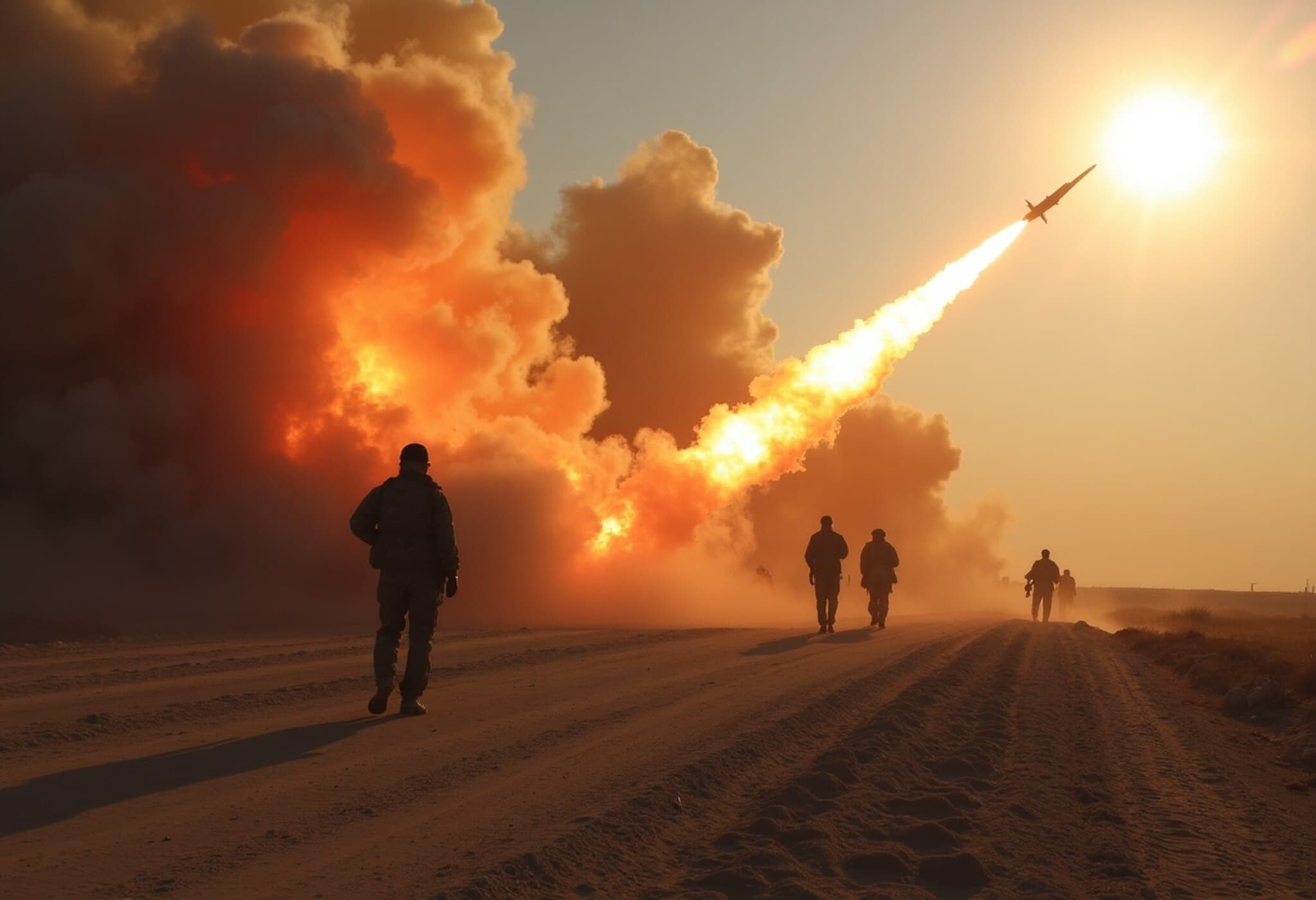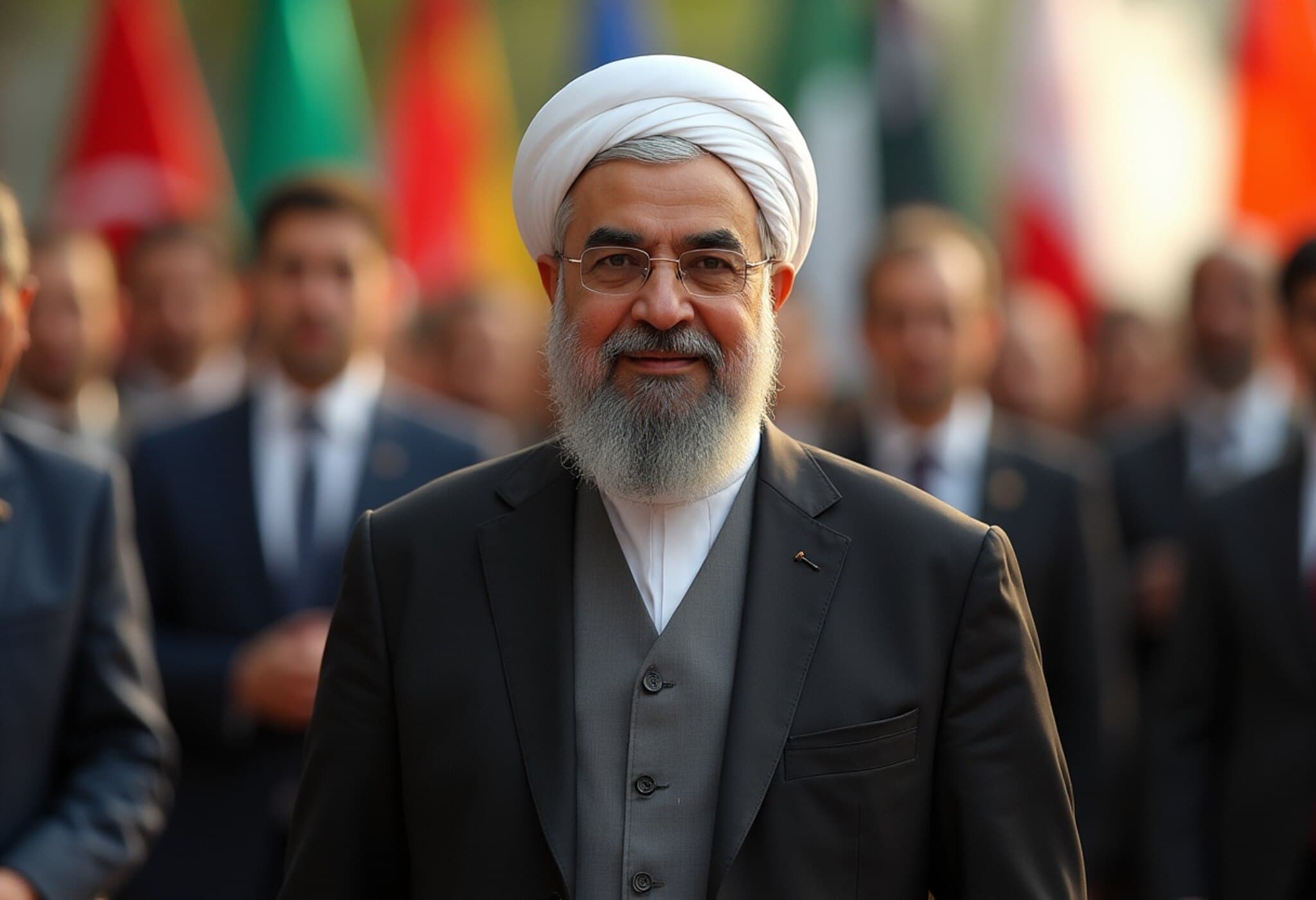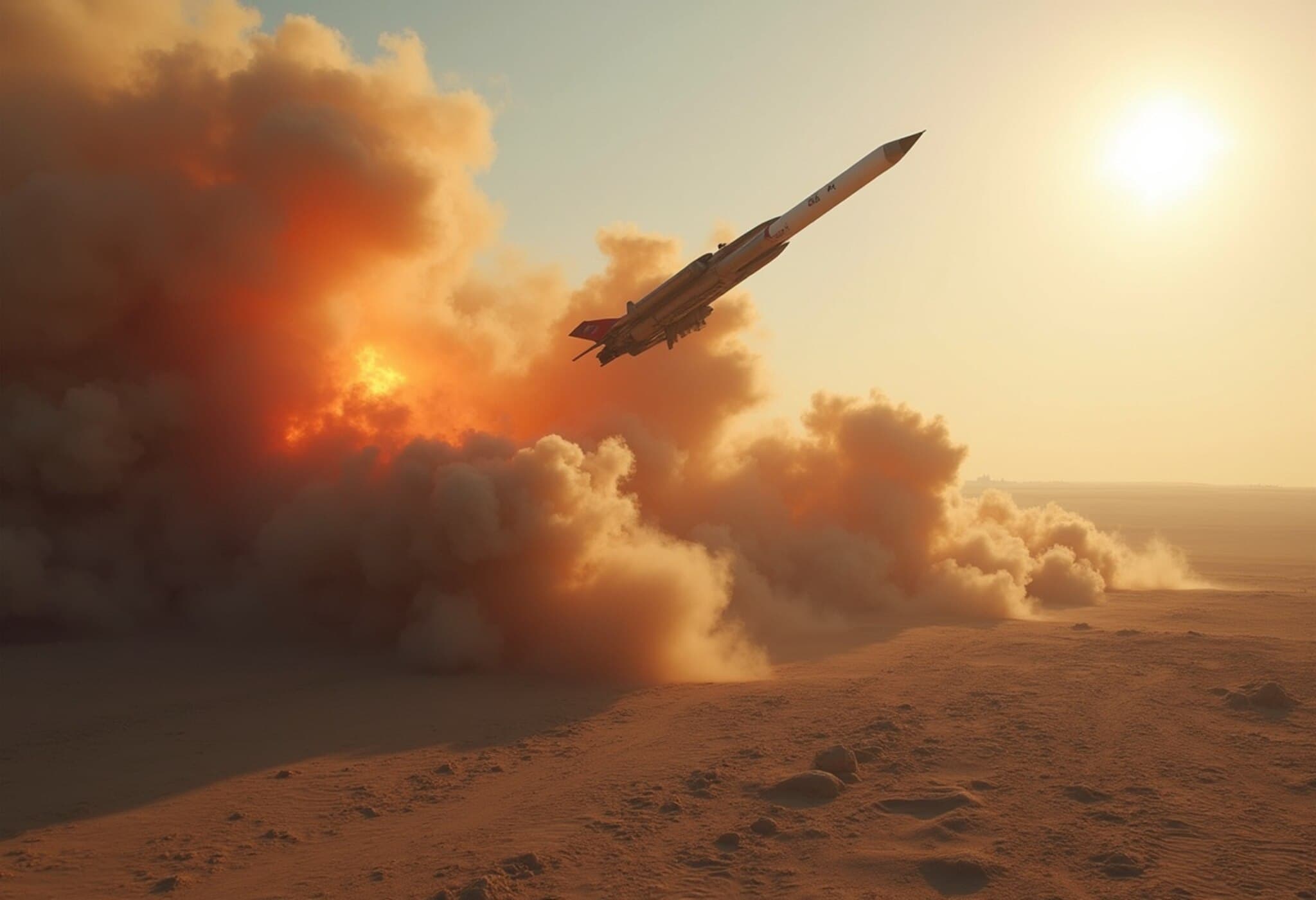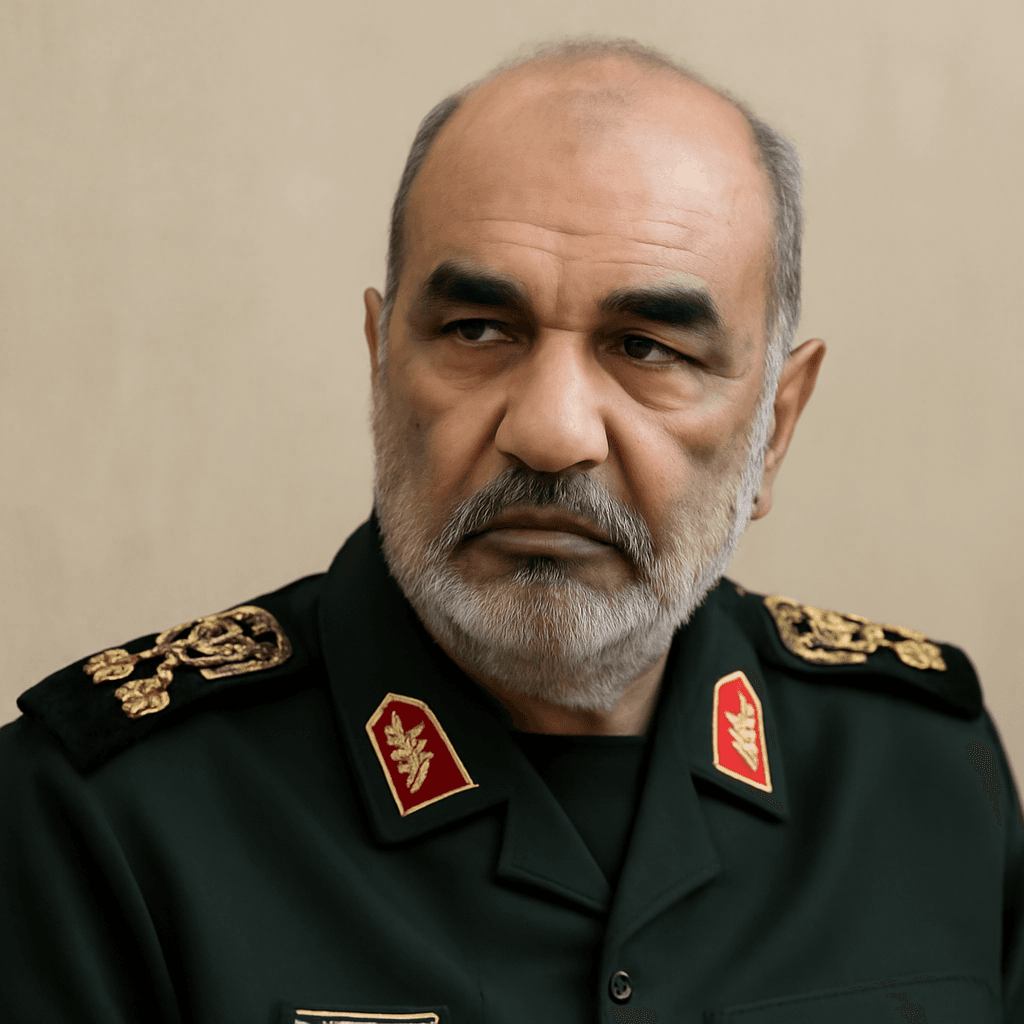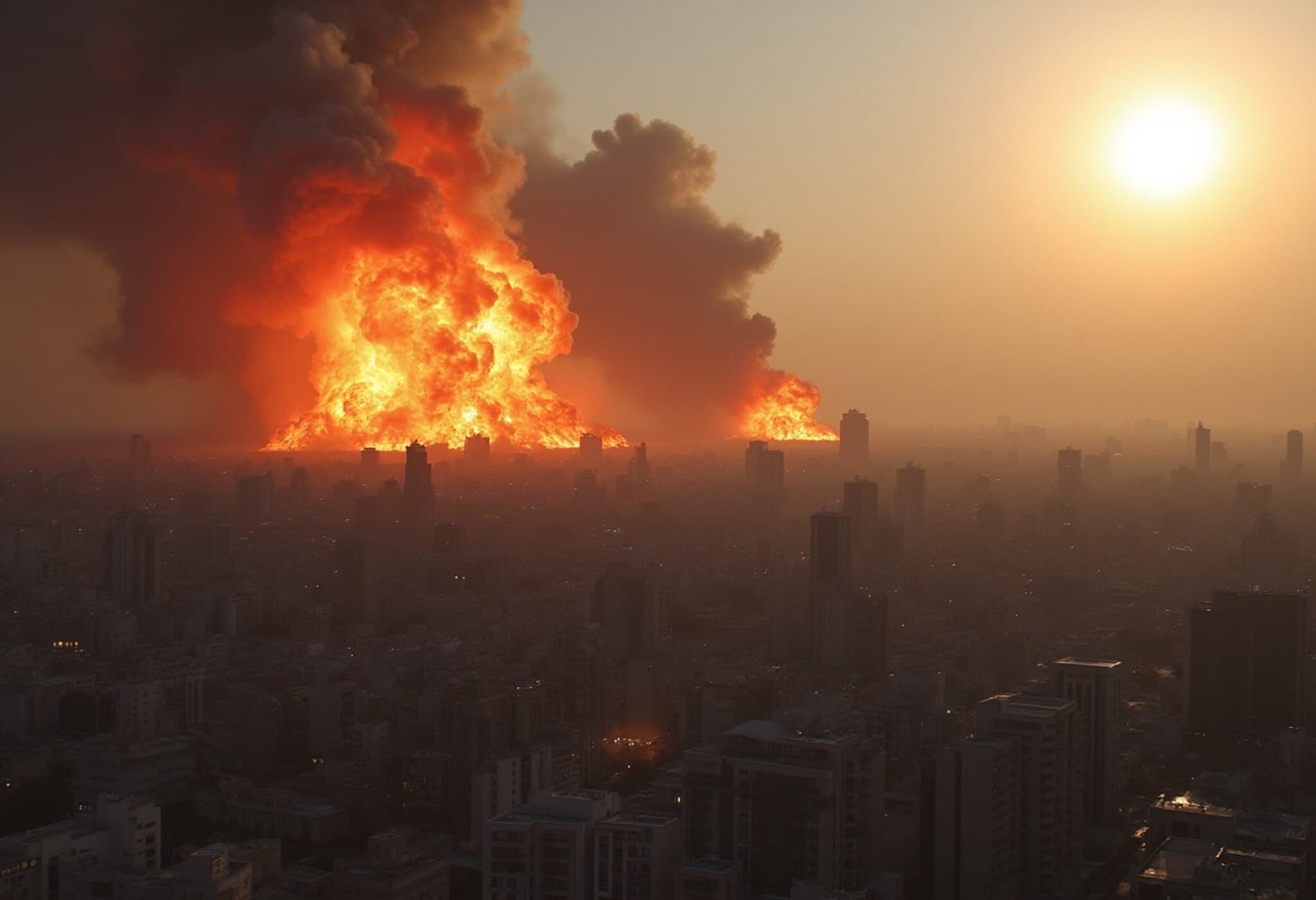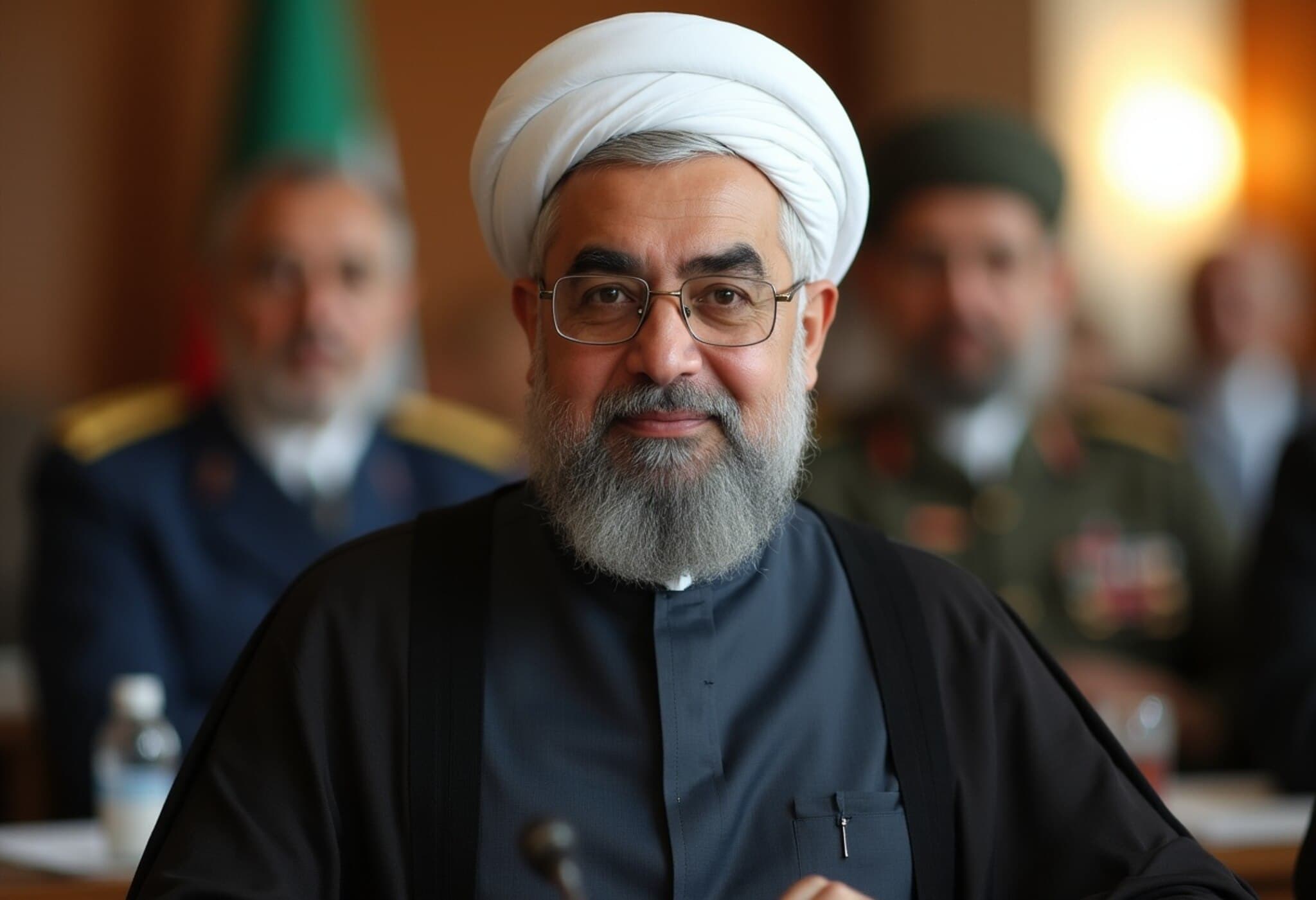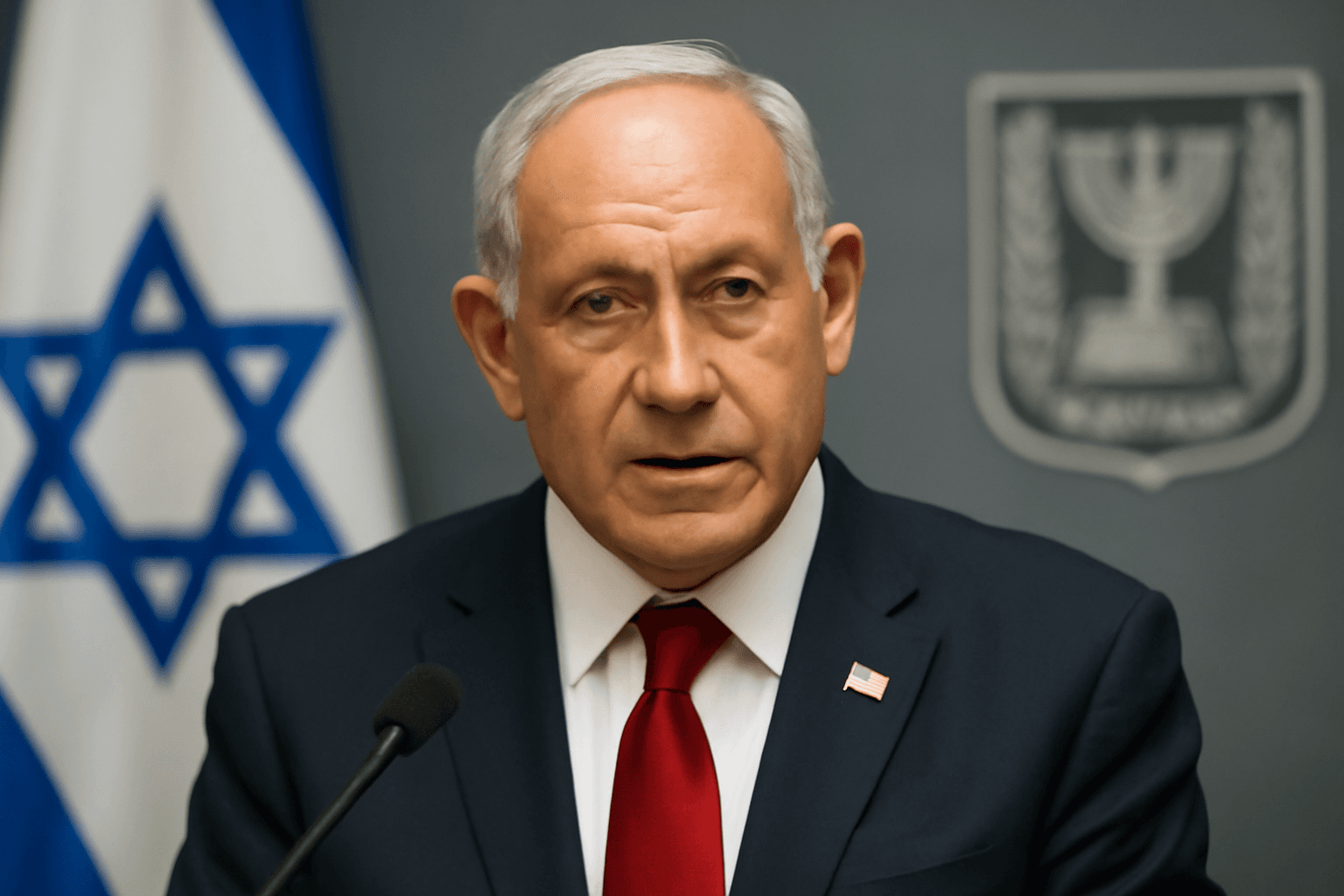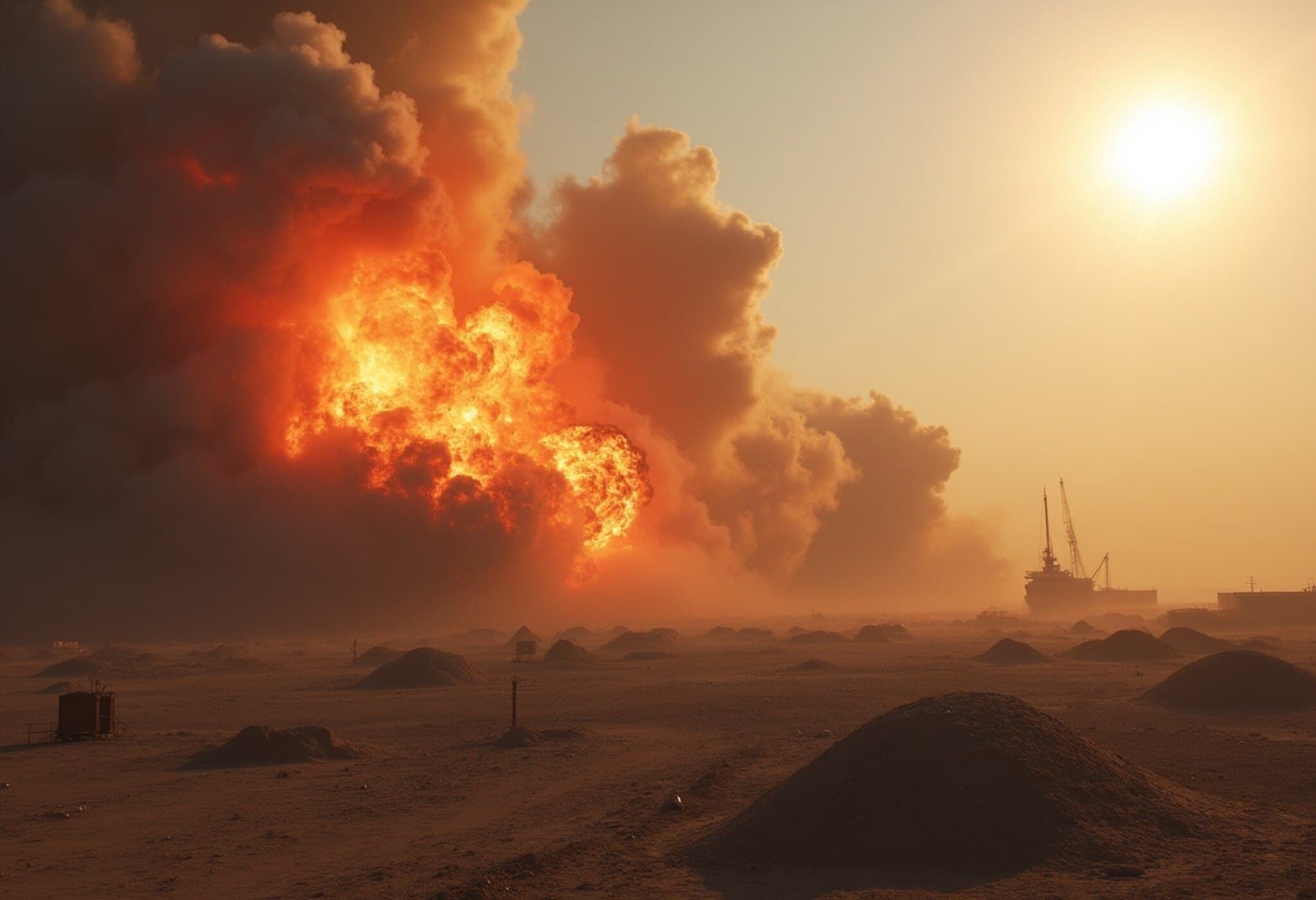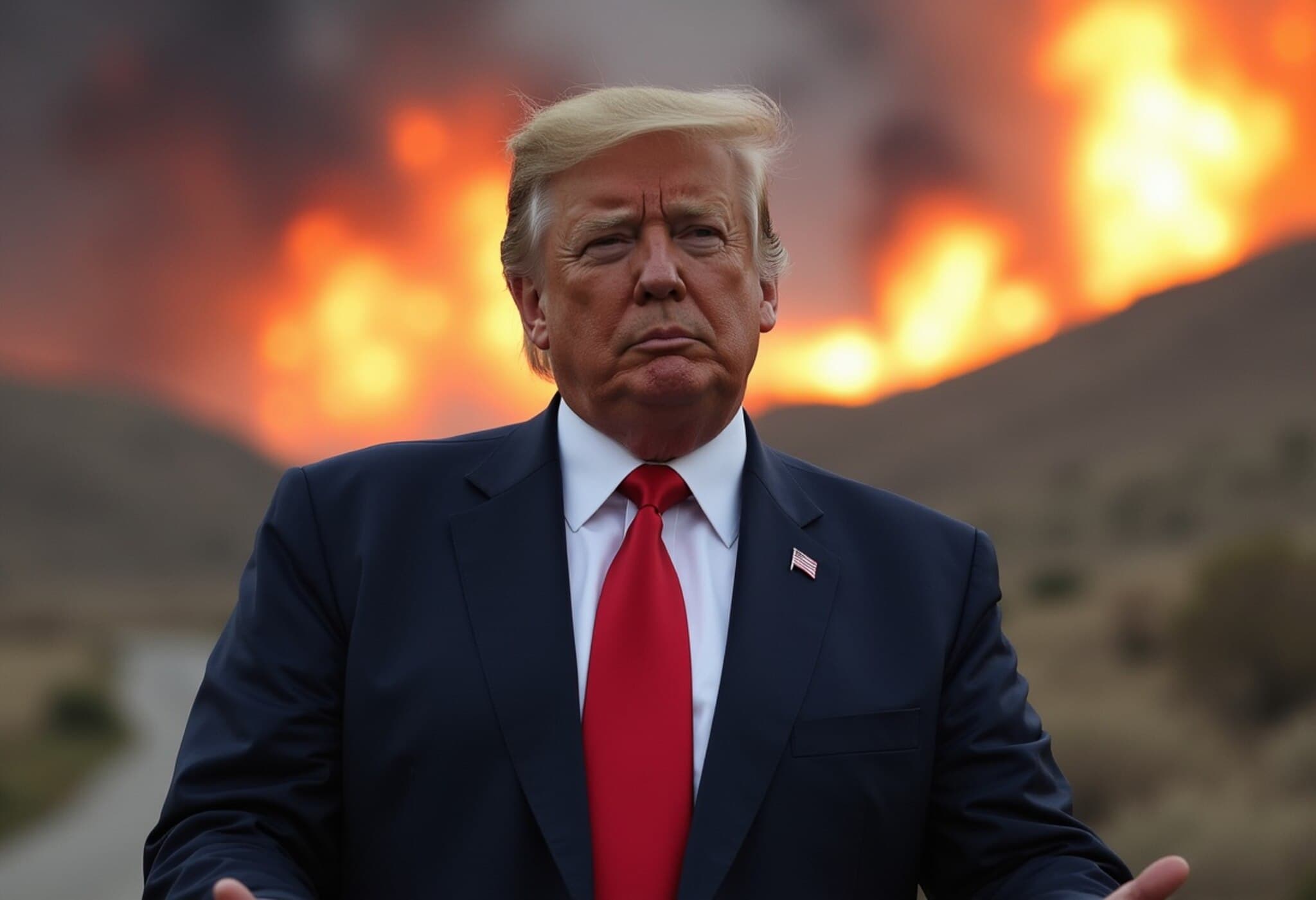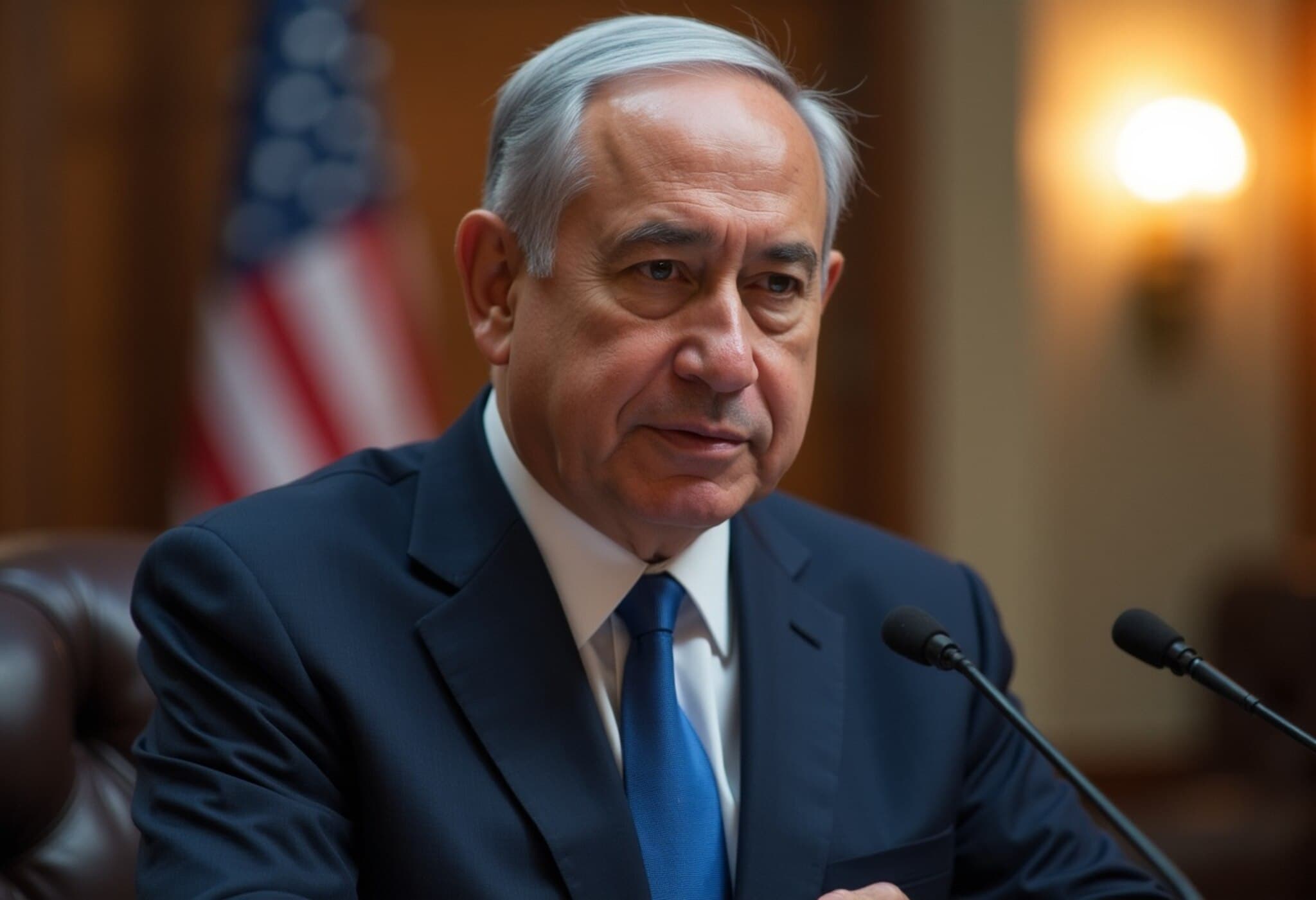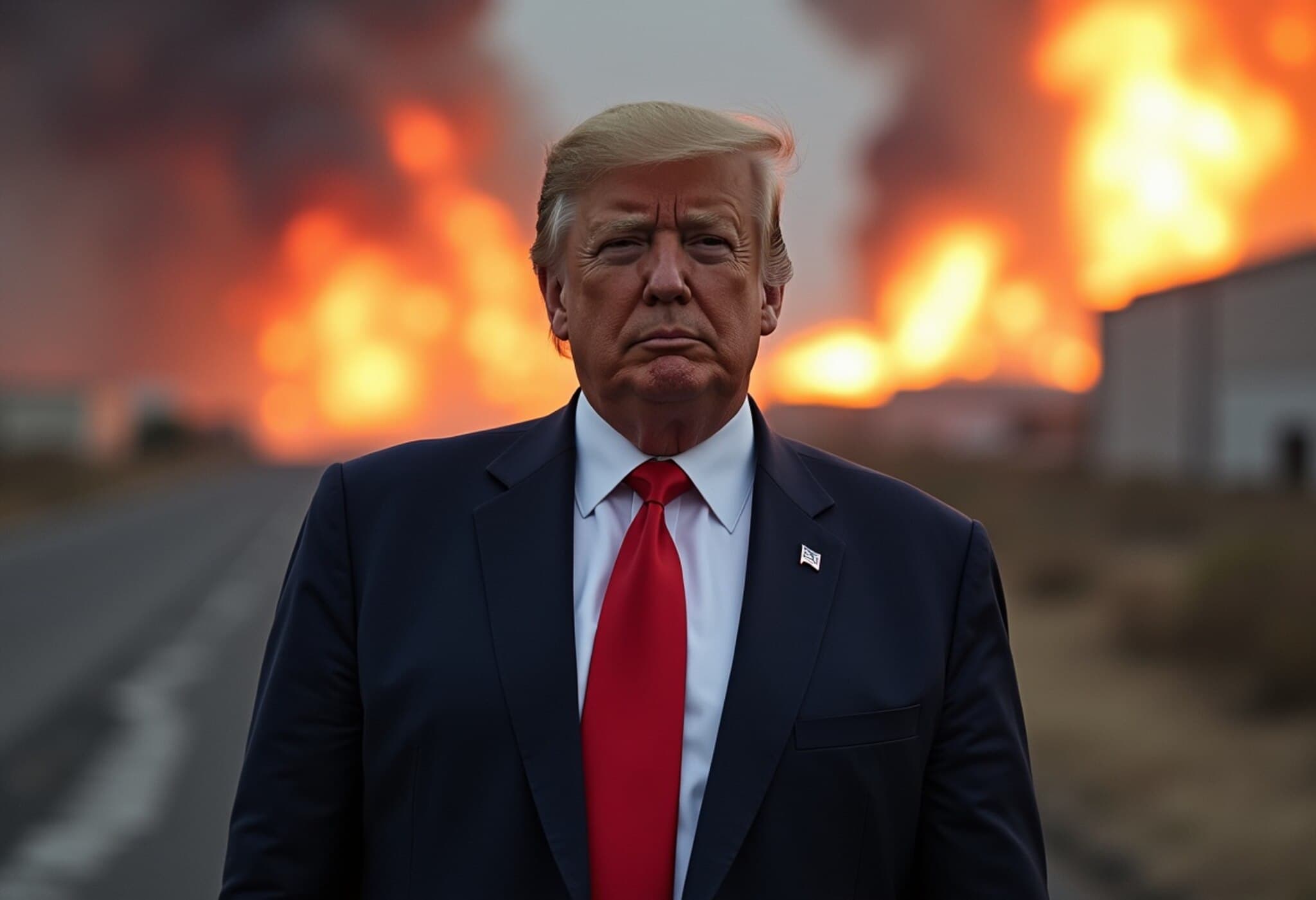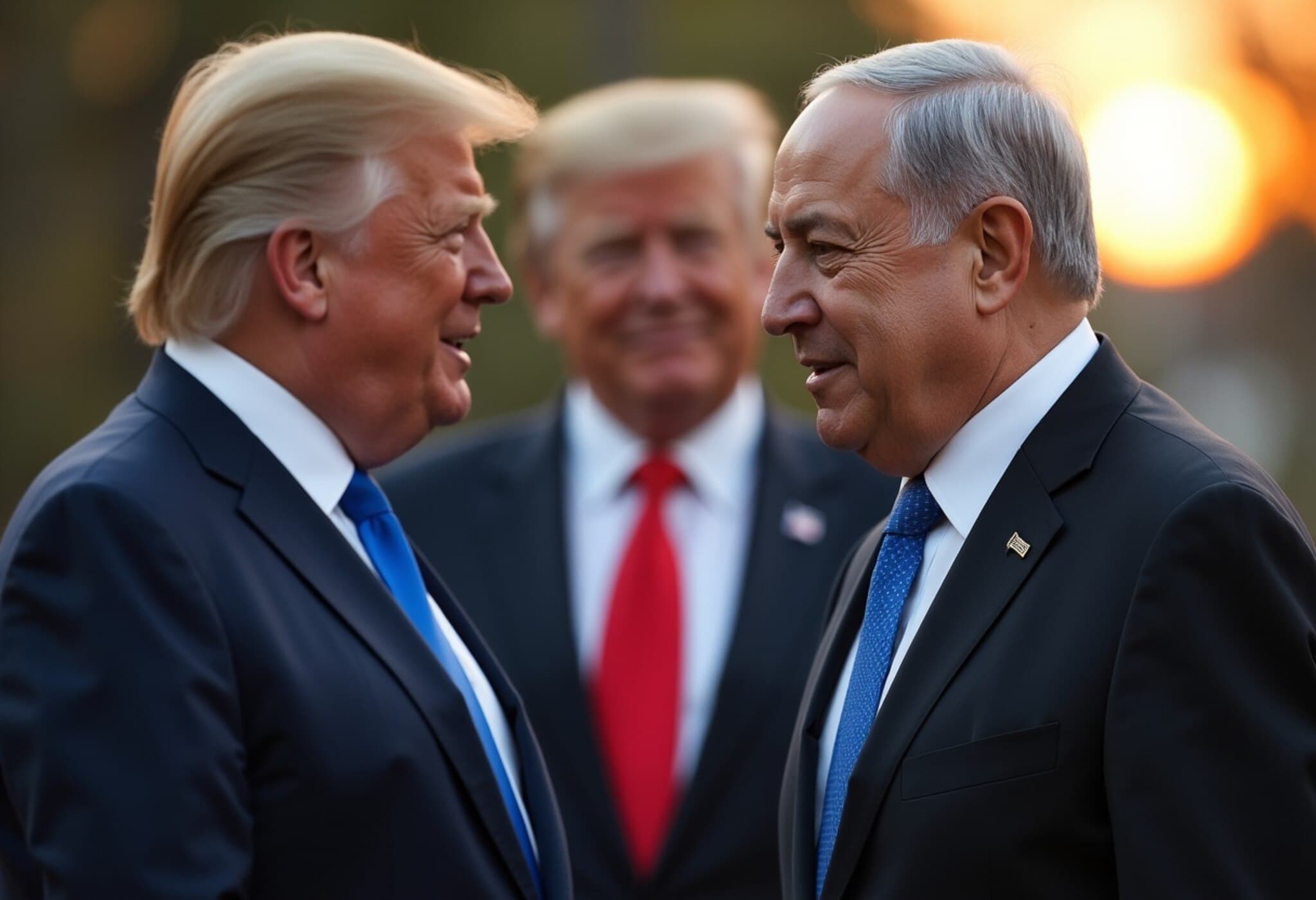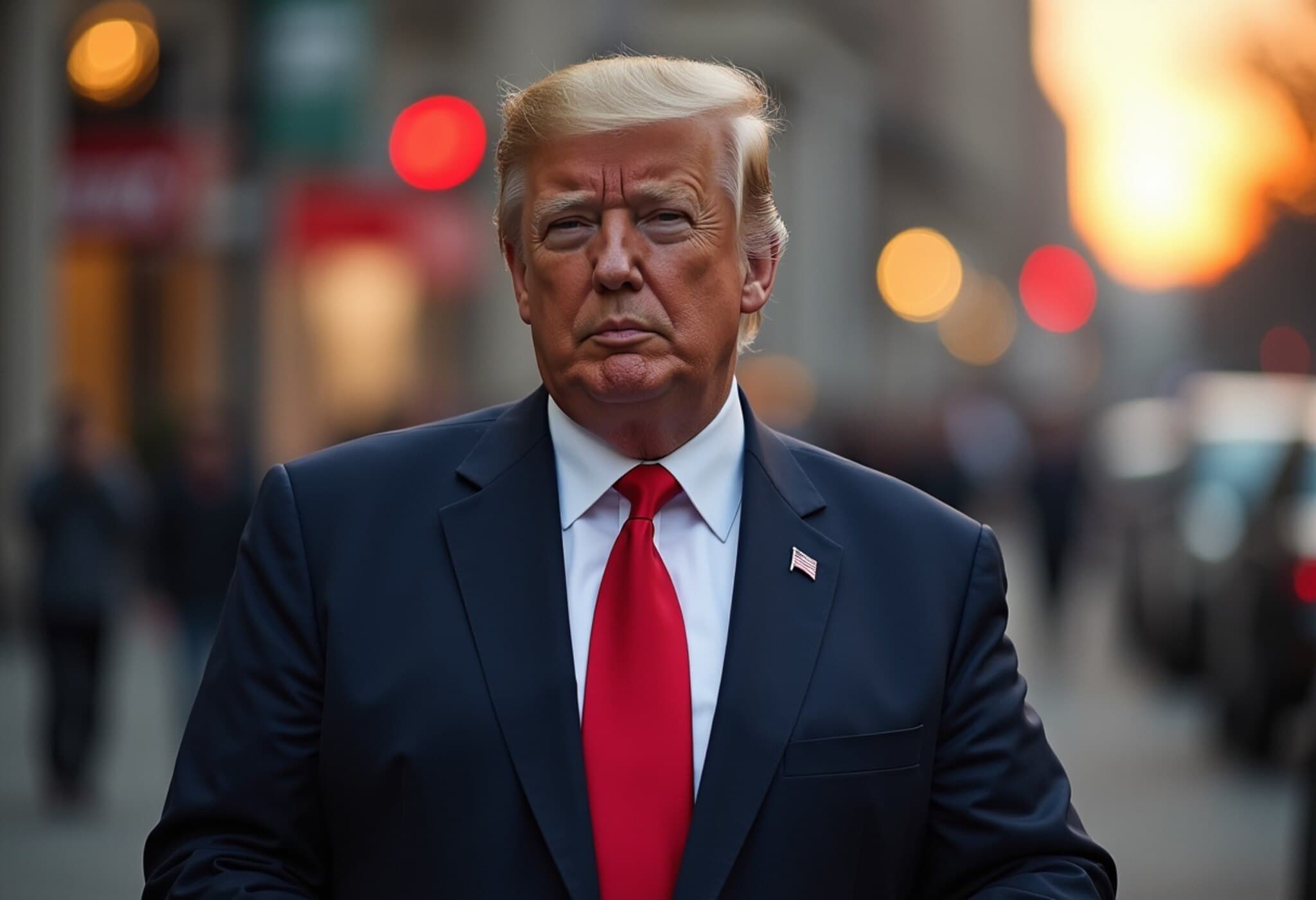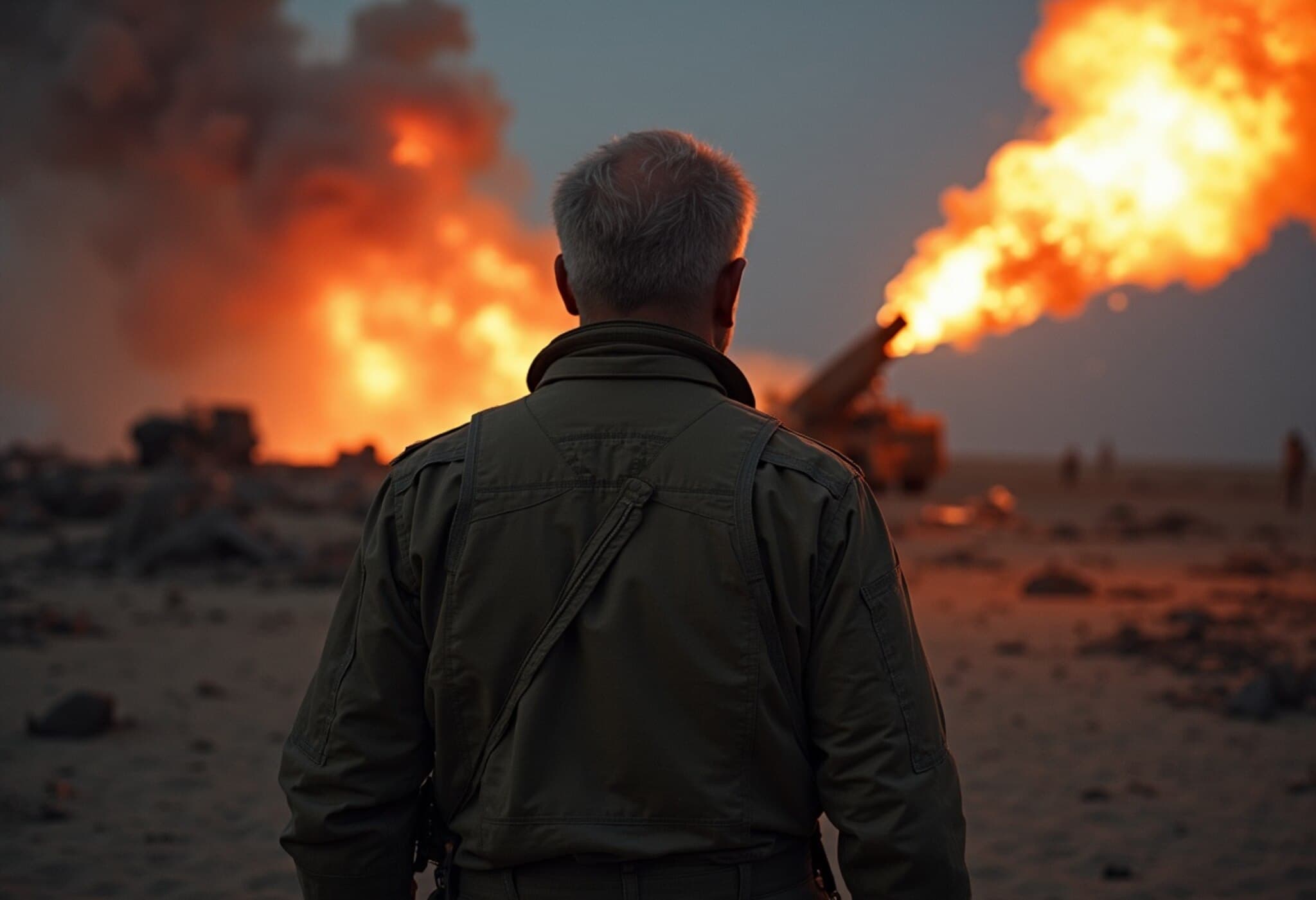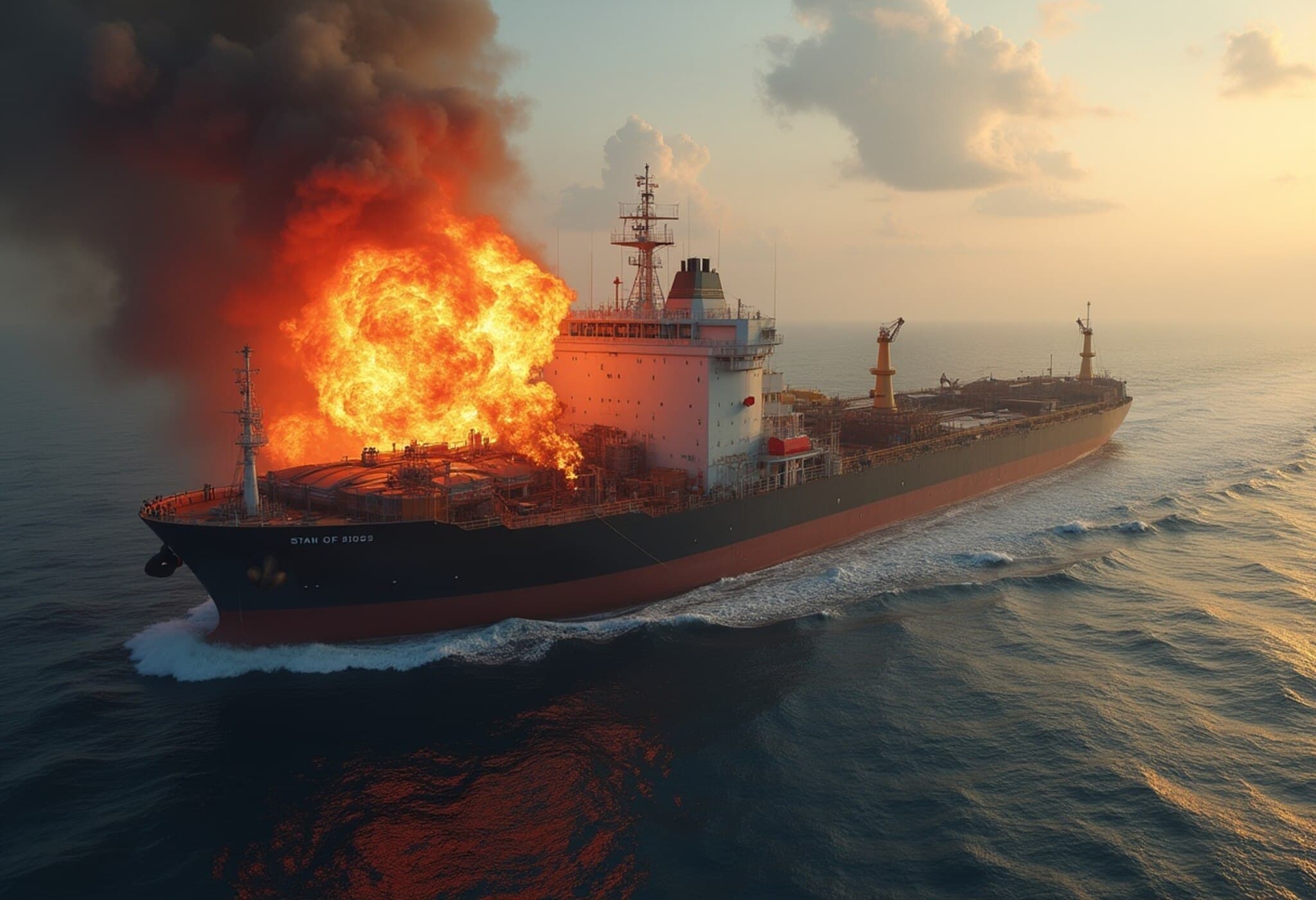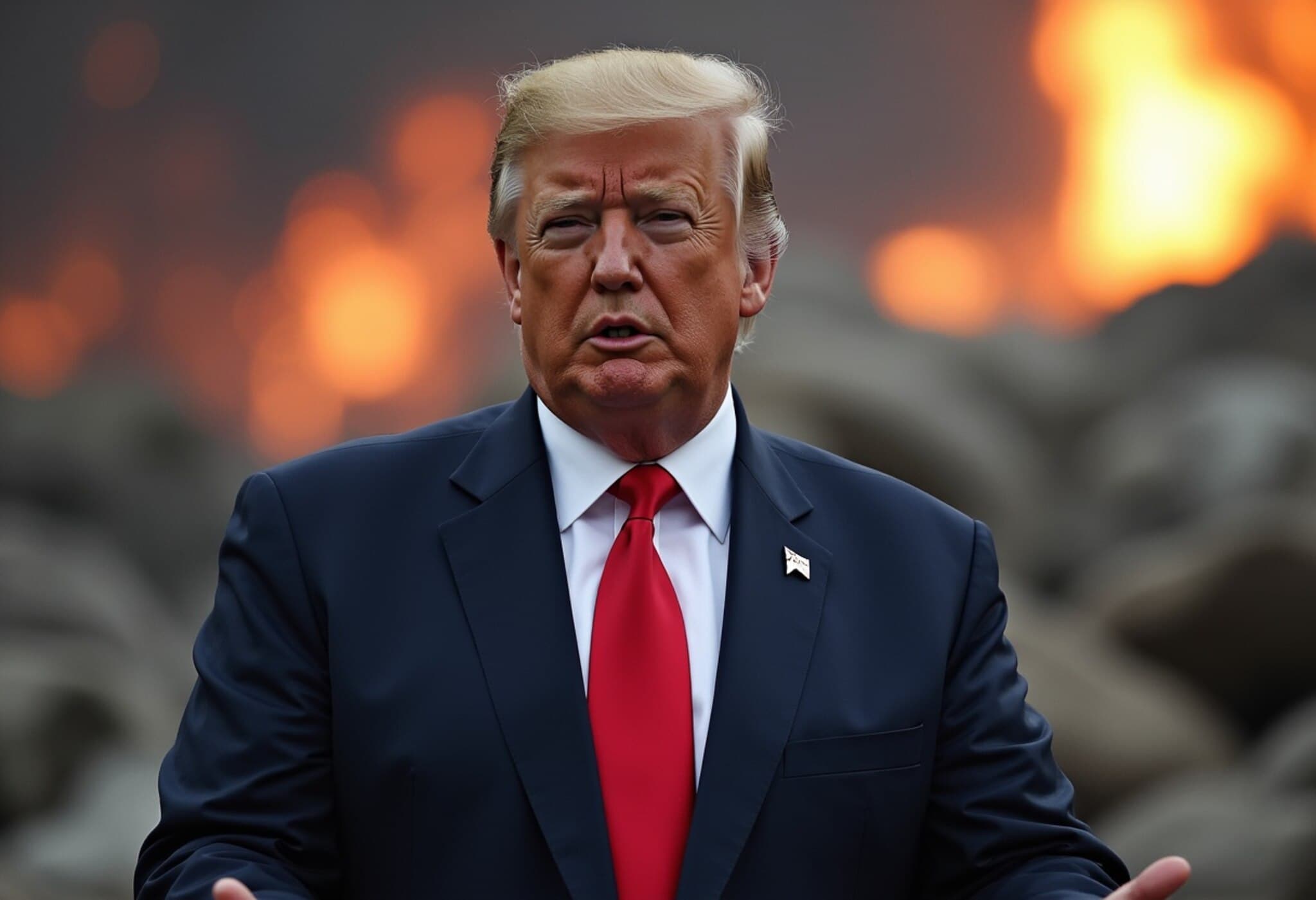US Military Launches Major Strikes on Iran’s Nuclear Infrastructure
In a decisive and swift military operation, US forces targeted three of Iran’s key nuclear facilities. President Donald Trump confirmed the attacks during a brief televised address, emphasizing the gravity of the strike and warning Tehran of potential further actions if peace is not pursued.
Details of the Strikes
According to Trump, the US launched a total of 30 Tomahawk missiles against multiple sensitive nuclear sites, including Natanz, Isfahan, and Fordow. The Fordow facility, nestled beneath a mountain south of Tehran, was hit by six bunker-buster bombs delivered by US B-2 stealth bombers, obliterating a primary target within Iran’s nuclear program.
"The strikes were a spectacular military success," said Trump, adding that Iran’s nuclear enrichment capabilities have been thoroughly dismantled. He further cautioned that if diplomatic efforts fail, additional targets would be struck with precision and speed.
Iran's Response to the Attacks
Iran acknowledged a partial attack on the Fordow site, but officials downplayed the damage and denied any radiation risk to the population. Iranian nuclear authorities confirmed the evacuation of enriched uranium reserves prior to the assault, suggesting limited material remained at the sites to cause harm.
While some Iranian sources indicated the sites did not suffer severe damage, the true extent of the impact may take days to fully assess due to the facility's heavy fortification.
Broader Regional Impact and Diplomatic Fallout
The strikes mark a significant escalation in tensions between the US, Israel, and Iran. The military action comes amid ongoing aerial engagements between Israel and Iran, with casualties mounting on both sides — reportedly over 430 deaths in Iran and more than 20 civilian casualties in Israel.
Despite diplomatic efforts by international bodies to de-escalate the situation, the attacks have heightened fears of regional instability and potential disruptions to global oil supplies, especially due to recent strikes on Iran’s energy infrastructure and shipping routes in the strategic Strait of Hormuz.
Domestic Political Reactions in the US
The strikes have sparked debate within the United States. Some lawmakers are calling for Congressional authorization before committing to further military engagements with Iran. Voices from both parties express a mix of support and concern over the implications of the US stepping deeper into the conflict.
While some pro-Trump figures praise the president’s decisive action, critics argue the strike raises constitutional questions and demand a more thorough justification for military involvement. The divide reflects broader tensions over America’s foreign policy direction.
Looking Ahead: A Crossroads for Peace or Further Conflict
President Trump framed Iran’s future as hanging between peace or tragedy, underscoring that the current military effort is part of a broader campaign to neutralize perceived nuclear threats. The US insists it does not seek regime change, yet the path forward remains uncertain as diplomatic channels struggle to contain a rapidly evolving crisis.
As regional actors assess their next moves, the world watches closely, aware that these strikes could redefine Middle Eastern geopolitics and the global security landscape in the months to come.

